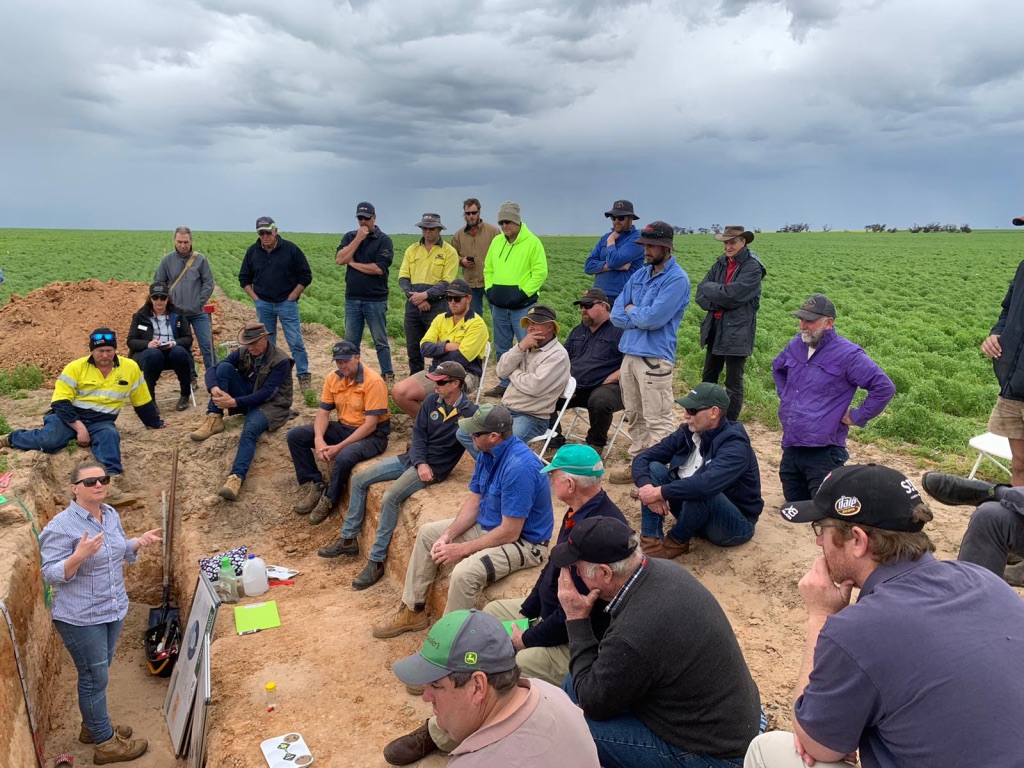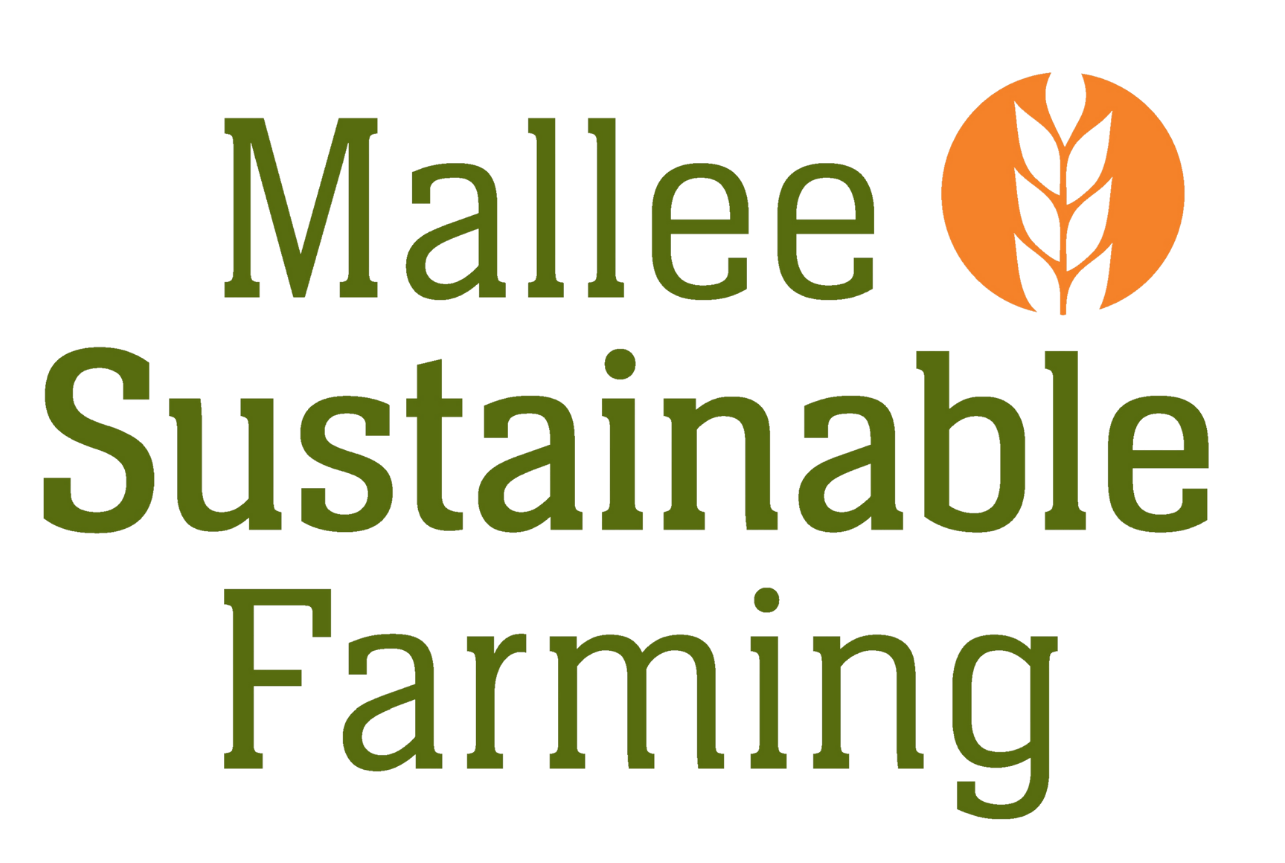
ABOUT THe PROJECT
Improving Sandy Soil Management for Farmers
The aim of this project is to empower farmers who manage sandy soils in the Southern GRDC region (including the Victorian and South Australian Mallee, Upper SE of South Australia, and Northern Yorke Peninsula) to improve their productivity and reduce implementation costs.
To achieve this, we have two distinct activities:
Activity 1: Developing a Virtual Sandy Soil Diagnosis and Management Masterclass
We’ll fully characterize and diagnose underlying soil constraints from six representative sandy soils in southeastern Australia. This knowledge will be shared using a combination of traditional methods and innovative virtual technology in a “masterclass”. The locations will align with sandy soil roadshows scheduled for August 2022.
Activity 2: Paddock-Scale Mapping of Soil Constraints
This activity will pilot the mapping of sandy soil properties and underlying soil constraints. This will deliver paddock scale maps that growers can use to guide implementation of soil management strategies, addressing the ongoing issue where growers don’t know where to start and stop with soil amelioration in a paddock.
We aim to demonstrate a grid approach to penetration resistance at six demonstration sites (four Mallee Sites and two Northern Yorke Sites). Research has shown that the sandy soils which respond to many soil amelioration practices are associated with having high penetration resistance at moisture contents close to field capacity as measured with a cone penetrometer.
Through this project, we aim to help farmers to correctly diagnose and select the most appropriate strategy or combination of strategies to mitigate and/or ameliorate soil constraints. This will have significant financial benefits for the region’s farmers, increasing the productivity of underperforming sandy soils, particularly as they cover up to 30% of the region’s soils. Additionally, the project will deliver reduced implementation costs that will be achieved through improved matching of management actions to the constraints present.













